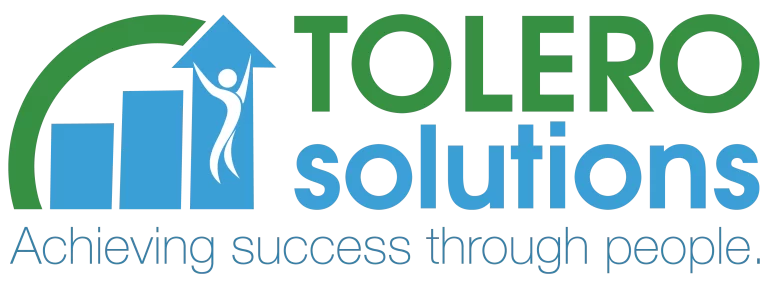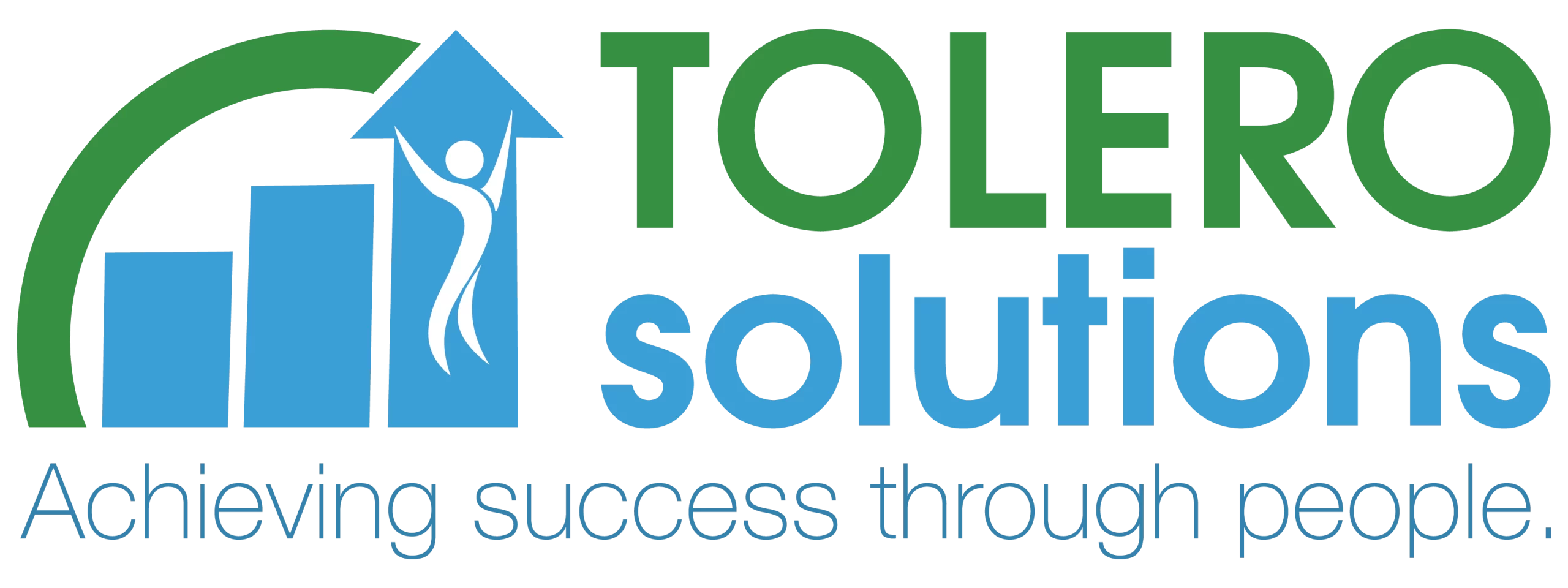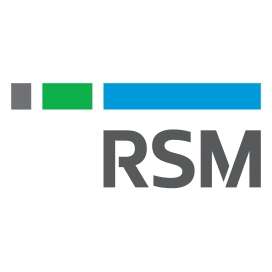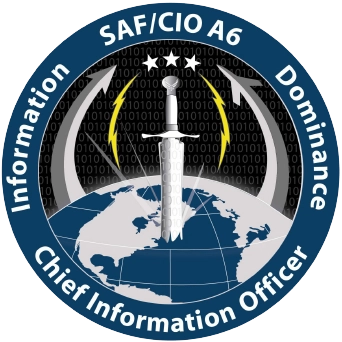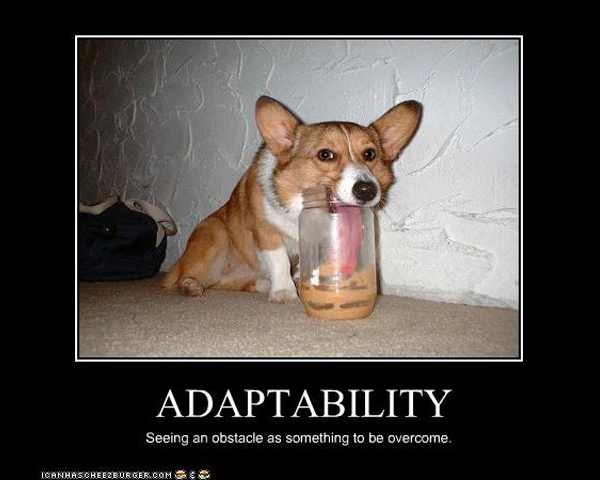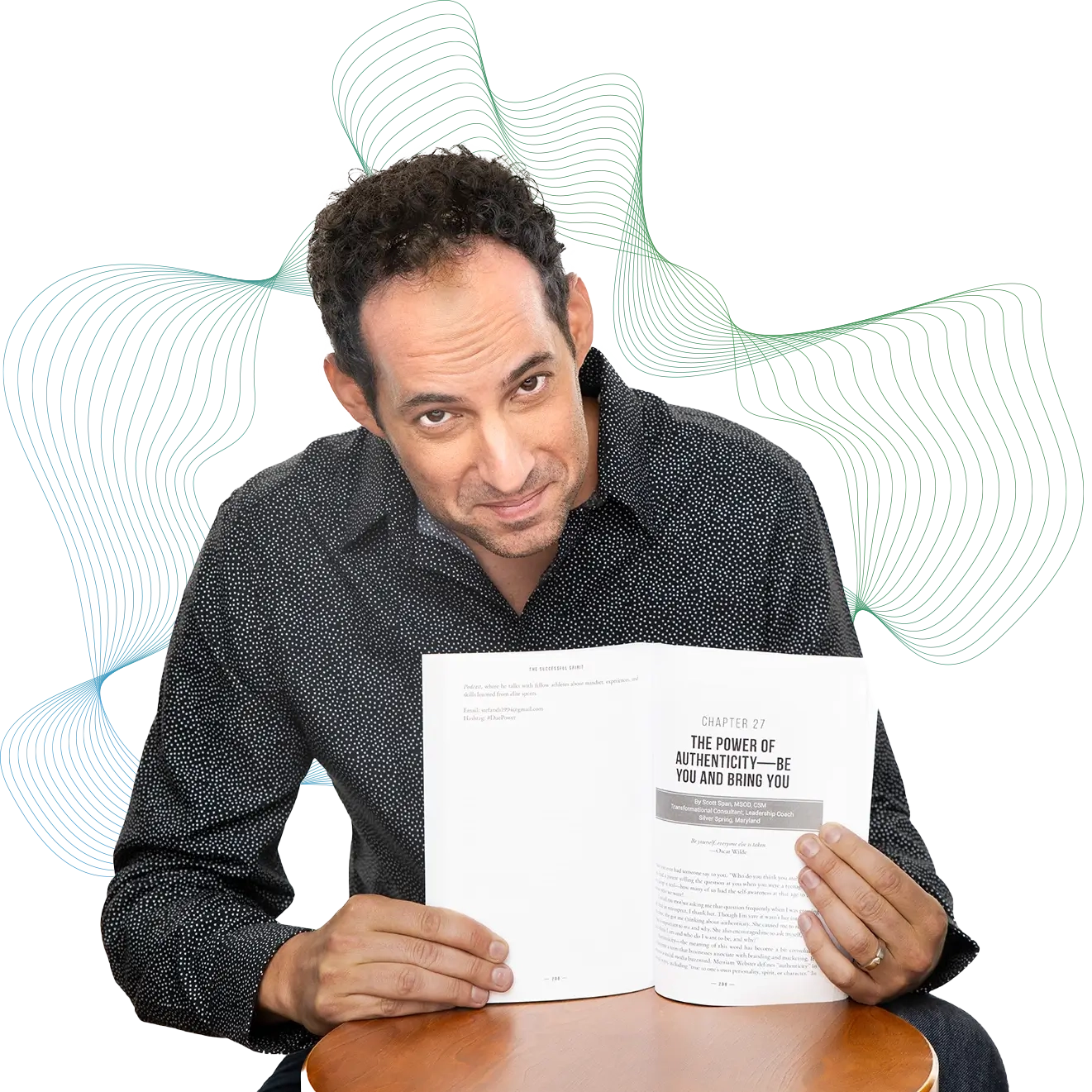
TRAINING & FACILITATION

WE CAN CUSTOMIZE TO FIT YOUR NEEDS.
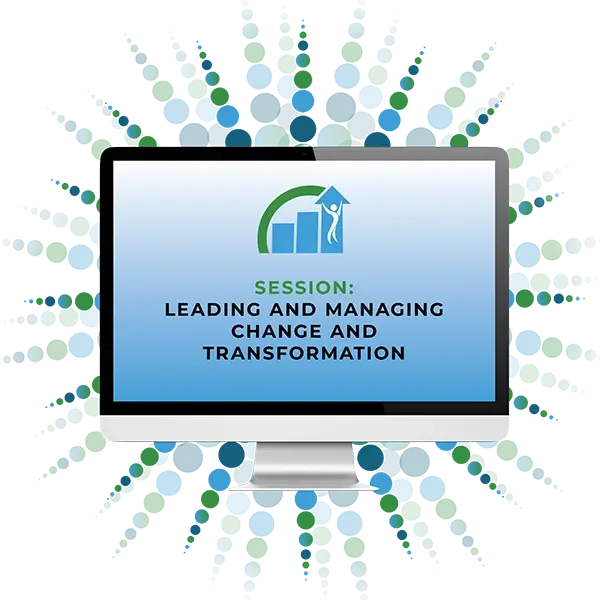
Leading and Managing Change and TransformationChange management 101
Organization change and transformation initiatives can go one of two ways, success or failure. When leading or managing change and transformation we can often feel that we are fighting an uphill battle – personally and professionally.
Change itself is a process – managing it, leading it, achieving it successfully, is also a process. In this workshop participants will learn ways to help drive successful change and transformation. This workshop will provide examples of tools and frameworks and provides leadership behaviors that help drive buy-in and adoption of change and transformation. This workshop also addresses the differences between change and transition and models for addressing both.
This program provides participants:
- Tools for leading successful change and transformation and how to communicate for buy-in during change and transformation
- Differences between change and transition and models to address both to drive adoption
- Tips for how to address resistance to change and increase adoption
- Several change frameworks and transformation methods to consider
Learning objectives:
How to increase engagement and adoption during times of change
How to communicate during change
How to lead and manage ongoing change and transformation
Leadership Communication Impact vs. Intent – How do you communicate for success?
How do you communicate? People thrive on communication; introverted, extroverted, verbal and non verbal, we all need to be able to communicate with one another to survive and succeed. Though sometimes, things get lost in translation. Your intent, the way in which you are communicating, doesn’t necessarily send the messages and signals that help to achieve your desired goals, the impact. Intent vs. impact is not uncommon in human interaction. People can hear things via their own filters, and messages can become misunderstood.
So what happens when your attempts at communication go a bit awry? When your intent doesn’t match up with the intended impact? This workshop explores those topics and ways you must adapt your style and messaging to resonate as intended with different audiences.
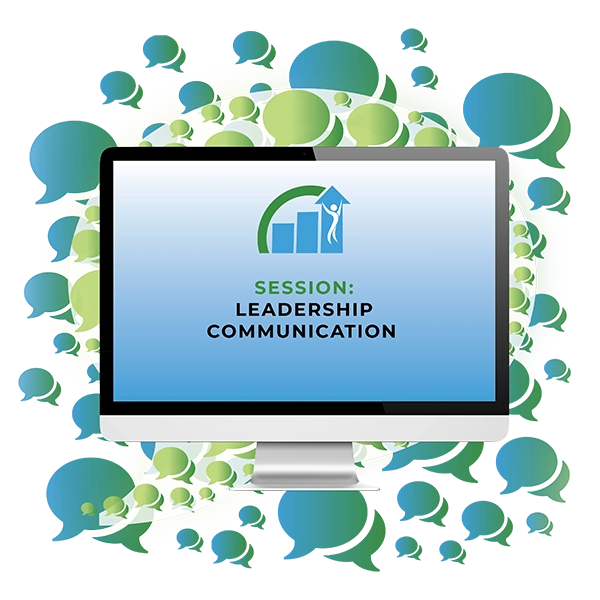
This program provides participants:
- Successful ways for giving and receiving feedback – in all directions
- Tips for best communicating across generations
- Tools to best communicate during times of change
- Tips for increasing trust and more effective communication
Learning objectives:
How to create an open dialogue and effective transfer of ideas with various types of audiences
How to increase engagement and adoption during times of change
How to communicate in a way that increases trust, safety, and collaboration
How to give and receive feedback
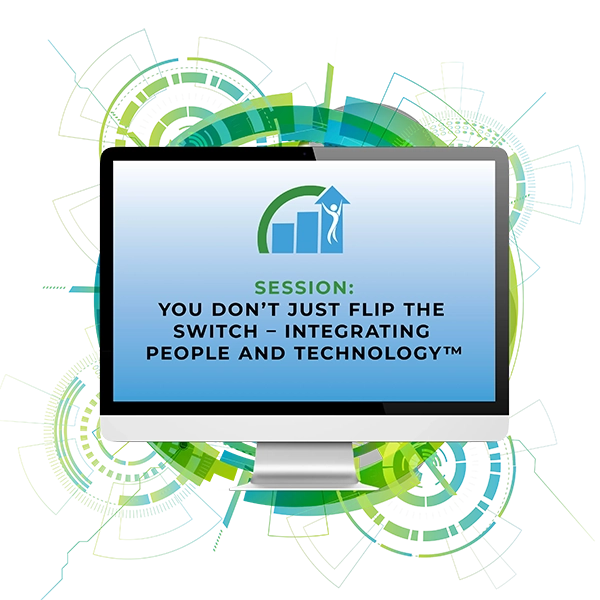
You Don’t Just Flip the Switch – Integrating People and Technology™Improving technology adoption
Whether it’s ERPs, EHRs, SaaS, mobile, or cloud, technology is changing the way work is done and service is delivered. Technology can enable business effectiveness and efficiency, and increase the employee and customer experience, but only if users adopt the technology. Without user adoption, technology is just wasted money.
This workshop provides ways to increase buy-in and commitment for new technology, drive engagement, accelerate adoption, enhance efficiencies, and increases your ability to maximize your return on investment. Even the best technology is only as good as the people that use it and the people that help the organization prepare for implementation.
Getting people to use new technology requires more than just training – it requires obtaining and maintaining buy-in and support.
This program provides participants:
- Tips for success during technology change initiatives for both change leaders and employees including highlights of certain pitfalls and challenges that often occur during technology change initiatives
- An overview of a communications and governance approach for technology change initiatives
- A summary of definitions and sample roles and responsibilities associated with successful technology implementations
- Real life examples of successful organization and change management processes that can be used as a model for guiding the implementation and increasing adoption of new technology
Learning objectives:
Educate the audience on technology deployment, and provide a framework and approach to help alleviate feelings of being overwhelmed and unprepared
Provide a foundation of understanding for the unique and sometimes daunting task of implementing enterprise technology and gaining buy-in and adoption
Provide participants a roadmap for a communications and governance approach and highlight a sample methodology
Conducting Strategic Planning and Executing a Successful StrategyWhere are we going and how do we get there?
A solid strategy is the cement and mortar in the foundation of any successful organization, yet many organizations don’t have a detailed and actionable strategy developed. If they do, the strategy is often communicated poorly or not all and employees can’t see how the work they do supports success of the business.
In today’s rapidly evolving business environment, organizations are often forced to remain competitive by rapidly adapting strategy and culture to keep up with the pace of change. New product and service developments, increased or decreased growth, or other external environmental factors may have led the organization to change direction. Creating and or updating a detailed strategy, and communicating that to various stakeholder groups, is often overlooked. So why is strategic planning important? Why conduct strategic planning? What are the components of development and execution of a successful strategy?
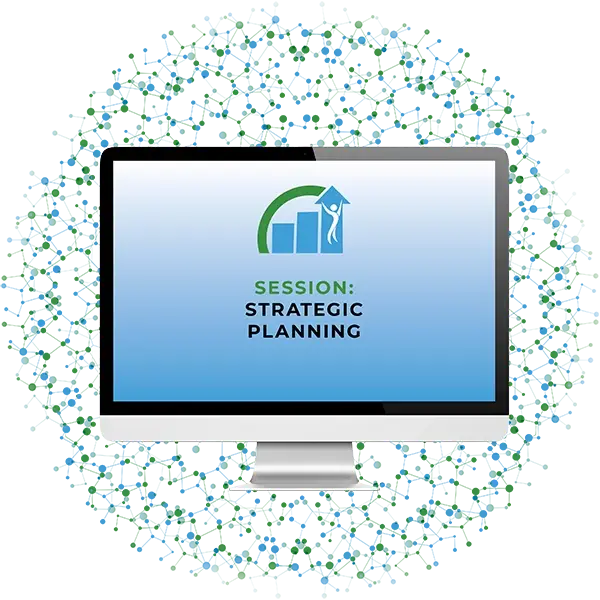
This program provides participants:
- What should be considered in developing a solid strategy
- Who should be involved in strategic planning and how should they be involved
- What should you consider during the implementation process
- Tools, tips, and templates for developing a mission, vision and strategic components including communication and change planning tools
Learning objectives:
Provide participants with the components of an actionable and successful strategy including mission, vision, targets and measures
Offer participants a starting point, list of considerations, prior to beginning strategic planning
Provide real life examples of a successful strategic planning process that can be used as a model for guiding the development and implementation of a new mission, vision and strategy
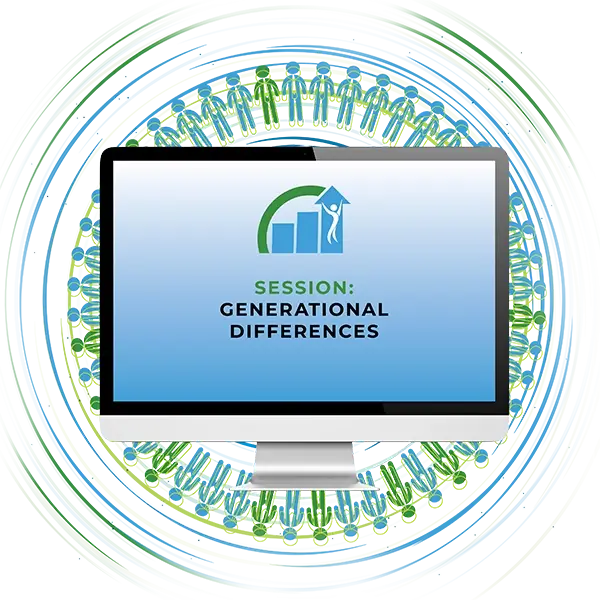
Generational DifferencesCan't we all just get along?
Generational differences in the workplace are not going away – and neither are the tensions that exist between the generations. Are you having difficulty understanding why your manager or team “doesn’t get it?” Do you experience frustration when your ideas are dismissed because you “lack experience or are considered “old school?” Tough time adjusting to hybrid and remote work expectations? At a loss as to what your “younger” employees consider acceptable workplace benefits and behaviors? Do you find yourself “rolling your eyes” or “scratching your head” when trying to communicate with those across generations in your organization? If issues of ageism and generational values seem to surface more frequently – and you are feeling at a loss about how to communicate and what do about them – then this workshop is for you!
Today’s generational differences uniquely challenge work relationships across generational boundaries. Understanding and bridging these boundaries is imperative to being competitive in today’s business environment.
In this program, participants explore the differences and similarities of the various generational cohorts, events that have helped shape their values and attitudes, and how they engage with the workplace and with each other. “Younger” and “older” (and those of us stuck in the middle) participants come together in an interactive exploration of their own and other age cohorts’ values, styles, workplace preferences, expectations, and communications practices.
This program provides participants:
- Understand their own and others “generational views” and bias and the impacts they may have in the workplace
- Identify and avoid “trigger points,” those intergenerational tensions that derail productive and satisfying work relationships
- Engage with those from other generations to better understand boundaries and expectations
- Create organizational practices and policies (DEI) that foster creative and satisfying working relationships across generations
Learning objectives:
Provide a foundation of understanding of the differences and similarities of the various generations in the workplace and how to best leverage those for success
Help leaders, managers and employees maximize productivity and best engage and retain multiple generations of employees
Further enrich personal growth and development by providing participants the opportunity for discussion and learning by sharing their own views and experiences
Behavioral Sales TrainingHow to close more deals by understanding yourself and your buyer
The most effective sales teams are those who understand themselves and their behaviors; both their strengths and weaknesses, and understand the culture and behaviors of their buyers and the organization. Buyers are more receptive to messages delivered in a manner which resonates with them.
Successful sales people understand different buying styles and communication preferences. Having a better understanding of your behaviors and those of your buyers provides the ability to develop a customized sales approach, and adapt selling strategies that best resonate with potential buyers, increasing opportunities for successfully selling your products or services.
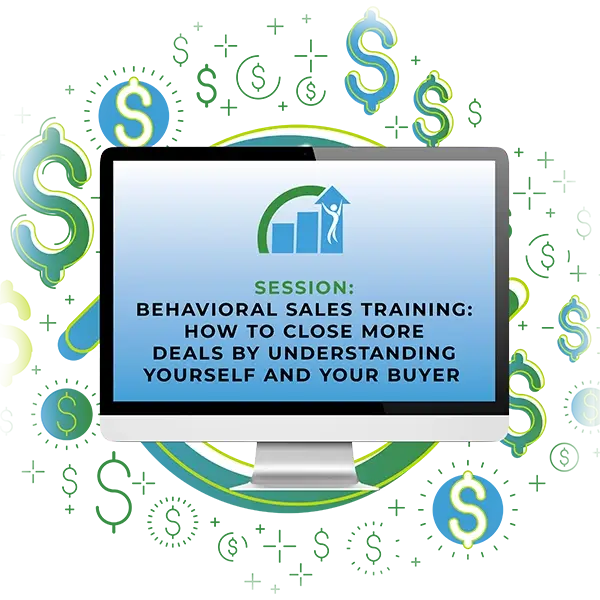
This program provides participants:
- Gain a better understanding of your behaviors and how they influence your selling style. Learn how to understand the culture of the potential buyers organization, how they operate, and what makes them tick, and how you can best adapt your behavior and sales approach to match.
- Develop an inquiry-based sales approach. Explore what you can learn about your sales prospect and their organization, how they need to hear your message so it resonates, and what is the real problem they are trying to solve. Appropriately respond to client objections and concerns. Understand different buying styles and communication preferences and how to adapt for success.
- Prepare them for post sales changes. Understand how your product or service may impact the organization, employees, and customers. Learn ways to help prepare them for changes and best set them up for success.
- Learn how to increase speed and ability to close the deal faster by addressing key human behavioral aspects which help adapt strategies to meet the demands of your selling environment. Drive the ability to increase customer service excellence – increasing profits and growth.
*This workshop can also include certain behavioral and culture assessments and is co-facilitated by those with extensive experience in a sales environment.



CHECK OUT SOME OF OUR THOUGHT LEADERSHIP
-
The Power of Authentic Leadership in the Workplace and the NFLWhat can the National Football League teach us about the power of authentic leadership? In a world where...
-
The Dance of Adaptability: Why Being Flexible is Key to SuccessPicture this (c'mon. You know you can hear Sophia Petrillo in your head): You're waltzing through life, following...
-
The Power of Resilience: Tips for Thriving in the Face of Change and TurmoilChange can suck. Adversity can suck. Uncertainty can suck. To survive and thrive during change and transition we...
